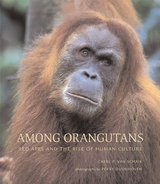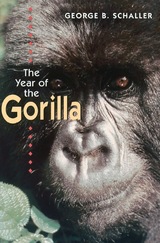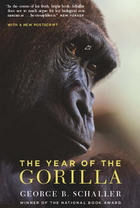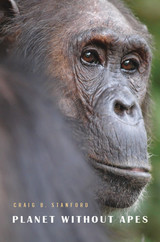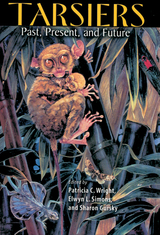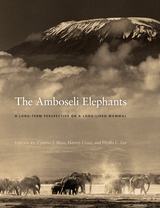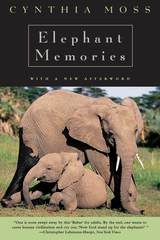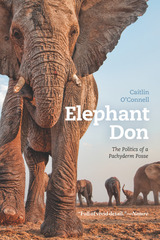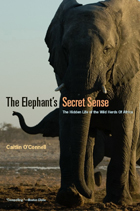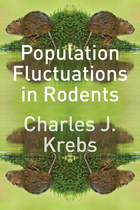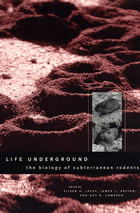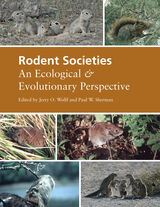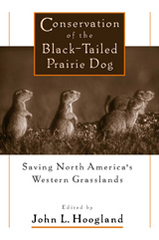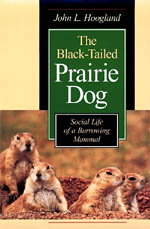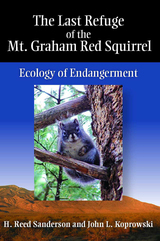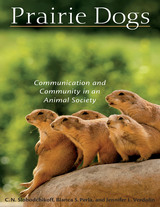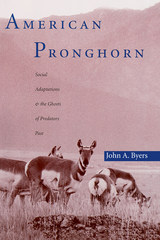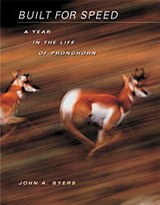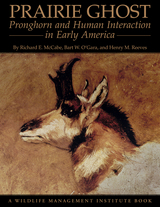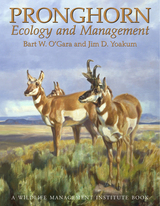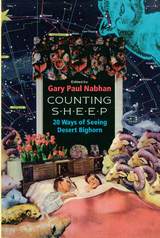Life Underground: The Biology of Subterranean Rodents
University of Chicago Press, 2000
Paper: 978-0-226-46728-3 | Cloth: 978-0-226-46727-6
Library of Congress Classification QL737.R6L48 2000
Dewey Decimal Classification 599.3515648
Paper: 978-0-226-46728-3 | Cloth: 978-0-226-46727-6
Library of Congress Classification QL737.R6L48 2000
Dewey Decimal Classification 599.3515648
ABOUT THIS BOOK | TOC
ABOUT THIS BOOK
Many mammals like to dig in the dirt, but few call it home. Those that do, such as mole-rats, zokors, and tuco-tucos, have developed novel adaptations to their subterranean life, including bones and muscles modified for efficient digging and ways to "see" underground without using their eyes. These unusual traits, adopted independently by unrelated groups around the world, also make subterranean rodents fascinating subjects for biologists.
Life Underground provides the first comprehensive review of the biology of subterranean rodents. Arranged by topic rather than by taxon to facilitate cross-species comparisons, chapters cover such subjects as morphology, physiology, social behavior, genetic variation, and evolutionary diversification. Two main questions run throughout the book. First, to what extent has subterranean life shaped the biology of these animals, leading to similar adaptations among otherwise dissimilar species? Second, how have the distinct evolutionary histories of these groups led to different solutions to the challenges posed by life underground?
Life Underground provides the first comprehensive review of the biology of subterranean rodents. Arranged by topic rather than by taxon to facilitate cross-species comparisons, chapters cover such subjects as morphology, physiology, social behavior, genetic variation, and evolutionary diversification. Two main questions run throughout the book. First, to what extent has subterranean life shaped the biology of these animals, leading to similar adaptations among otherwise dissimilar species? Second, how have the distinct evolutionary histories of these groups led to different solutions to the challenges posed by life underground?
See other books on: Burrowing animals | Cameron, Guy N. | Patton, James L. | Rodents | Zoology
See other titles from University of Chicago Press

